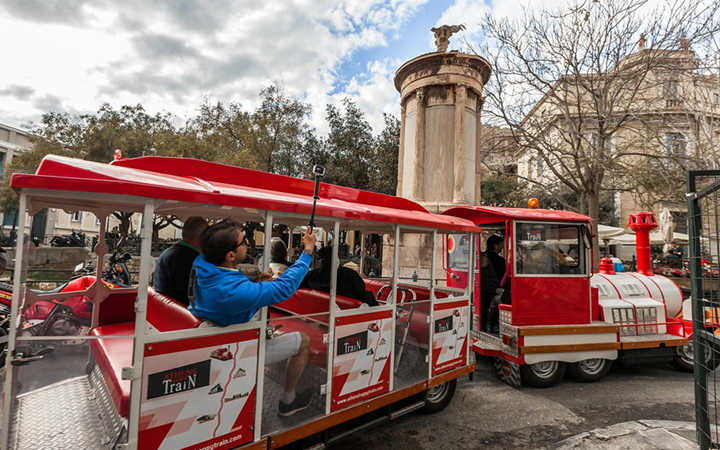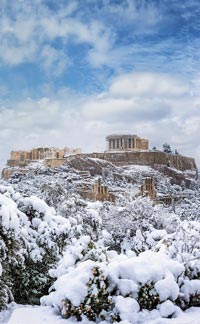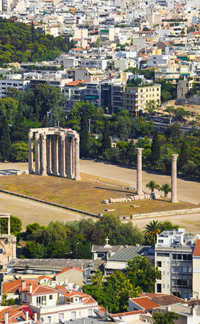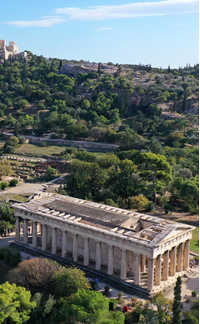The Monument of Lysicrates, located in the Plaka district of Athens, is the only fully preserved choragic monument from ancient Greece. Built in 334 BC, it commemorates a theatrical victory sponsored by Lysicrates, a wealthy Athenian citizen who funded performances at the Theatre of Dionysus.
In ancient Athens, chorēgoi (sponsors) financed dramatic productions as a civic duty and competed for city-awarded prizes. Lysicrates won for the best performance of the year and erected this elegant cylindrical monument to showcase his award — a bronze tripod once placed atop the structure.
Made of Pentelic marble, the monument features Corinthian columns, and its compact, circular design became influential in later neoclassical architecture.
In the 17th century, the structure was incorporated into a Capuchin monastery, visited by notable figures including Lord Byron during his time in Athens.
Today, it stands as a rare link between theatrical tradition, artistic sponsorship, and the evolving urban history of Athens — a small monument with a significant story.


















